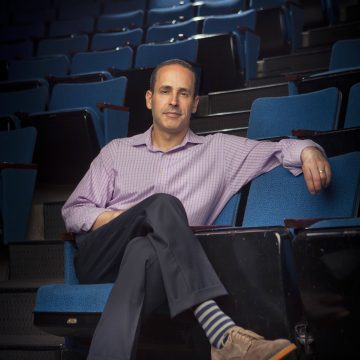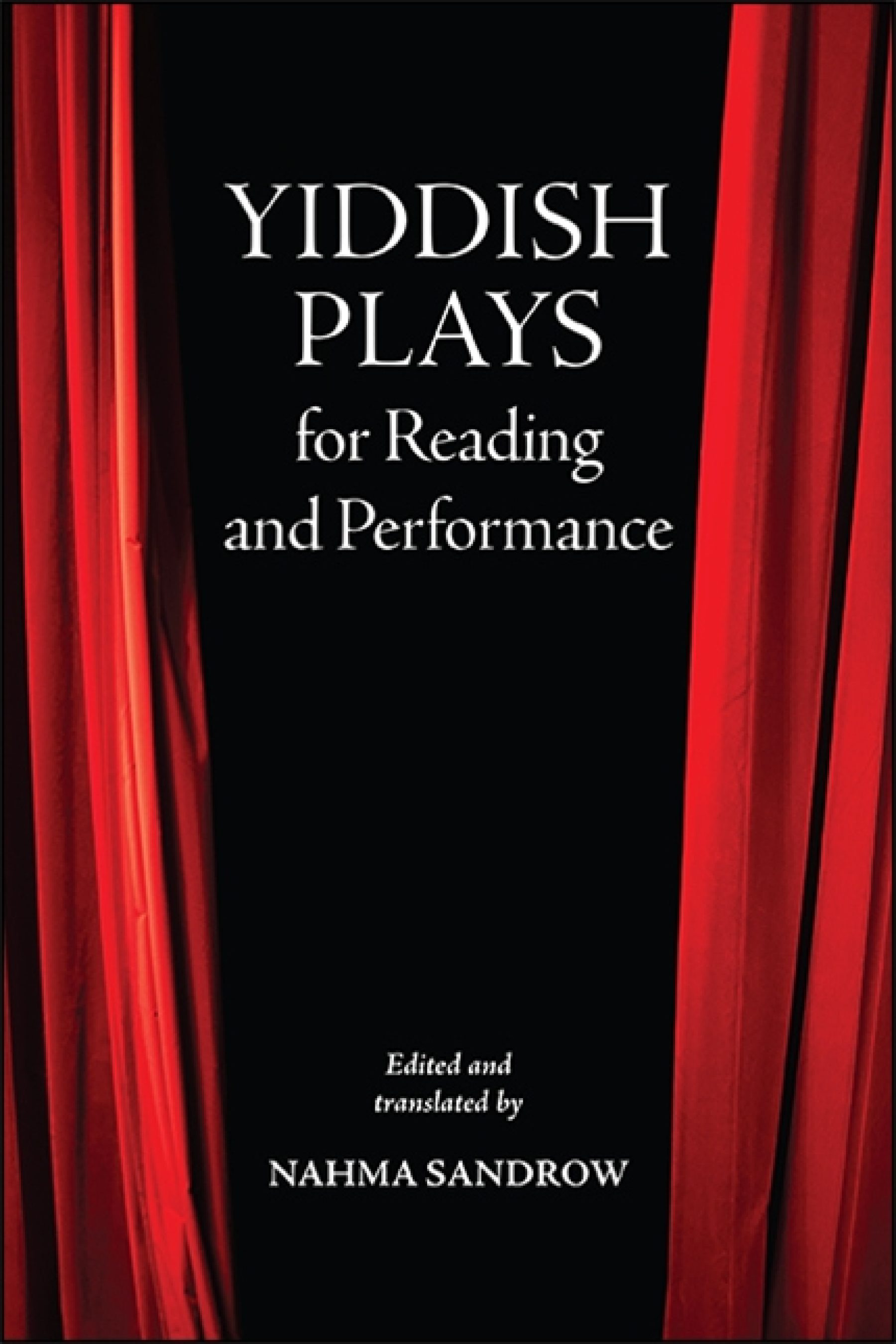
SUNY series in Contemporary Jewish Literature and Culture. SUNY Press, 2021.
Interview with Nahma Sandrow, translator and editor
Joel Berkowitz
Joel Berkowitz: Nahma, mazl-tov on the publication of your new anthology, Yiddish Plays for Reading and Performance (SUNY Press, 2021). Even before turning to page one, I’m struck by the title. Why do you specify those two activities, reading and performance, right off the bat?
Nahma Sandrow: I’m hoping that these plays will be staged, by professionals or amateurs. Maybe because I myself have written plays and a libretto—most of them taking off from source material, but becoming in the process distinctly my own—I feel for all playwrights whose plays are silent. All those Yiddish scripts crumbling in archives! It is a vivid fantasy to me—I really imagine it—that the dead playwrights are begging me to help put their creations on stage, live, the way they wished for, the way plays are supposed to be.
That hope definitely affected my translation choices. All translations are supposed to convey the original meaning accurately and also create the same emotional effect that the author intended. A reader can maybe get both, when reading a play (or any other text), especially with the help of footnotes. But there are no clarifying footnotes onstage. And sometimes, in order to be faithful to the meaning of the words, the dialogue that the translator produces is out of character for the speaker, say, or is hard for an actor to speak. When I got stuck with a choice between accuracy and speakability, I always chose the translation that sounded better, the dialogue I believed would play better. And of course in this format I was able to cheat by providing notes as well.
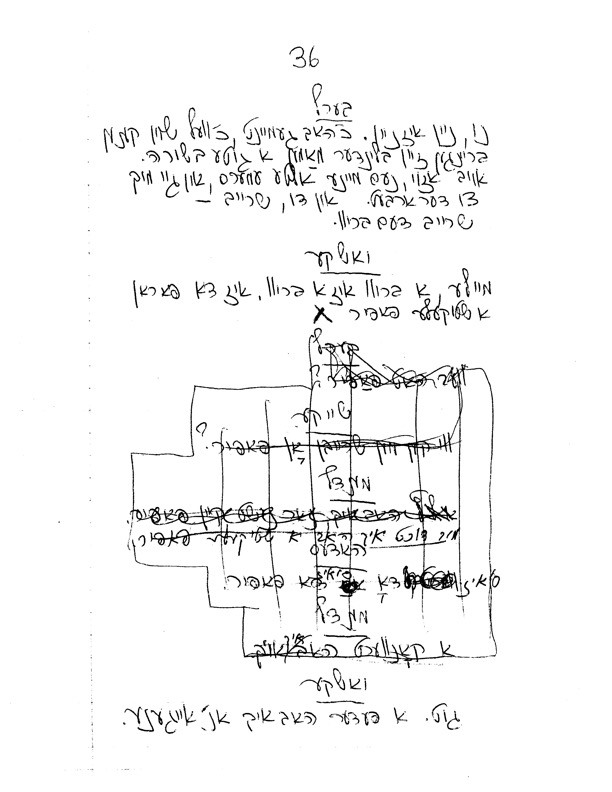
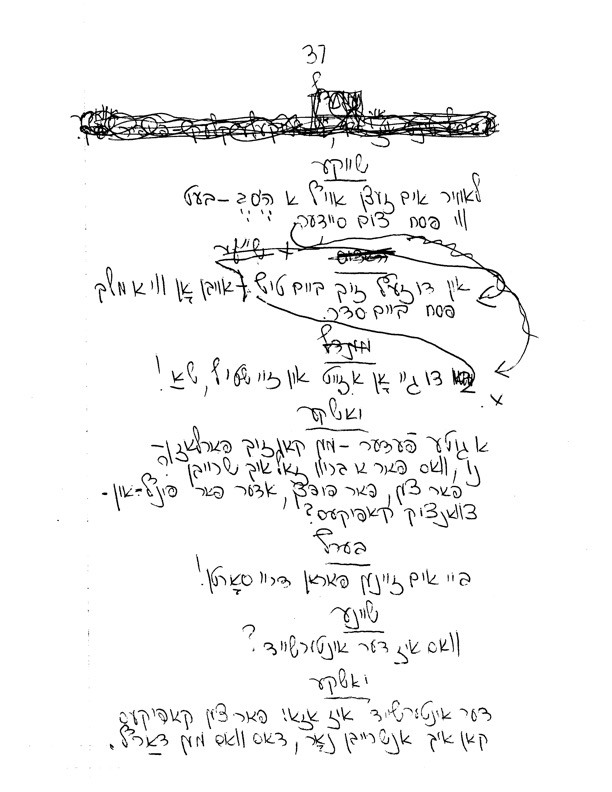
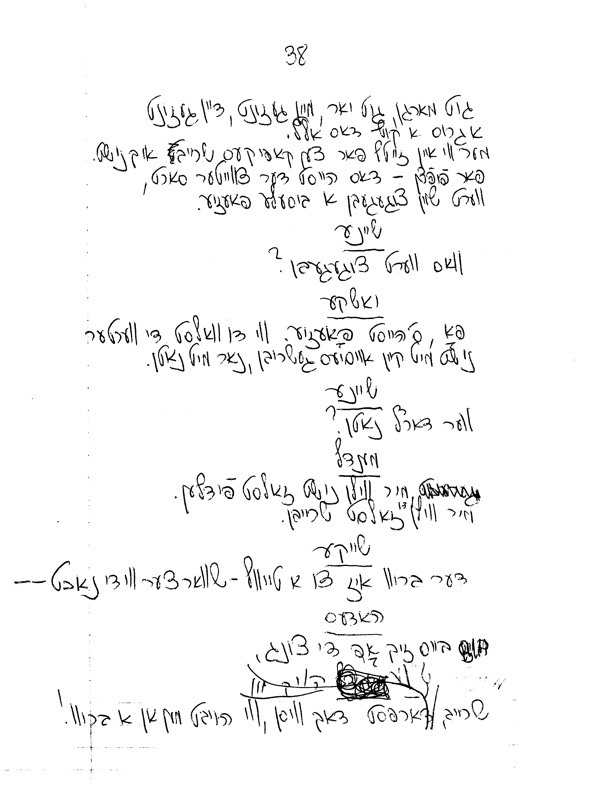
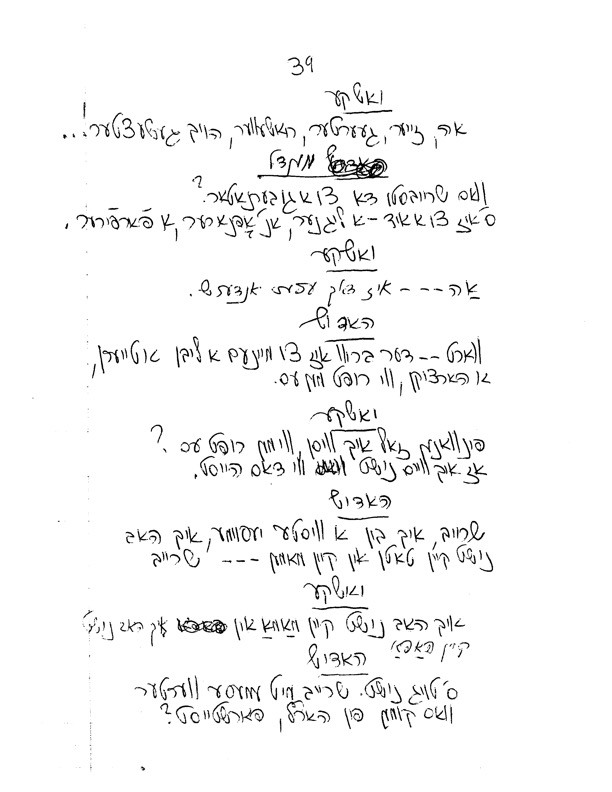
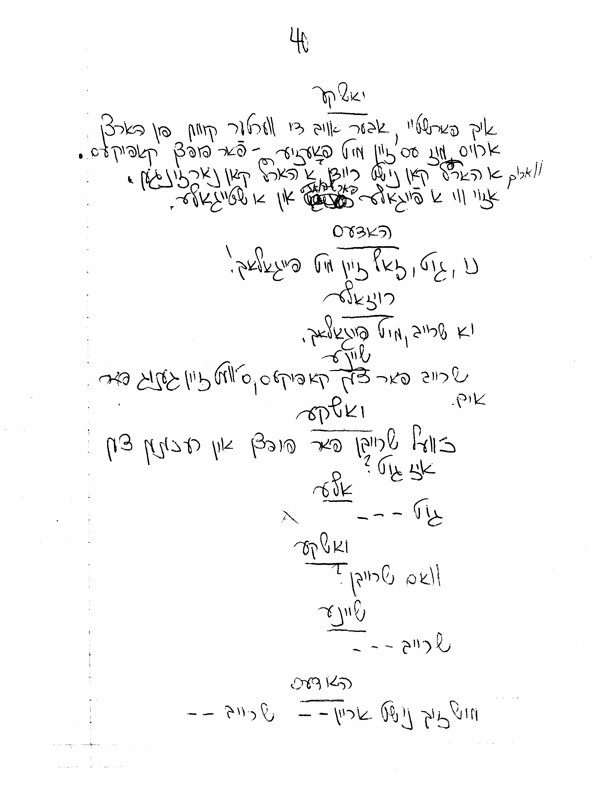
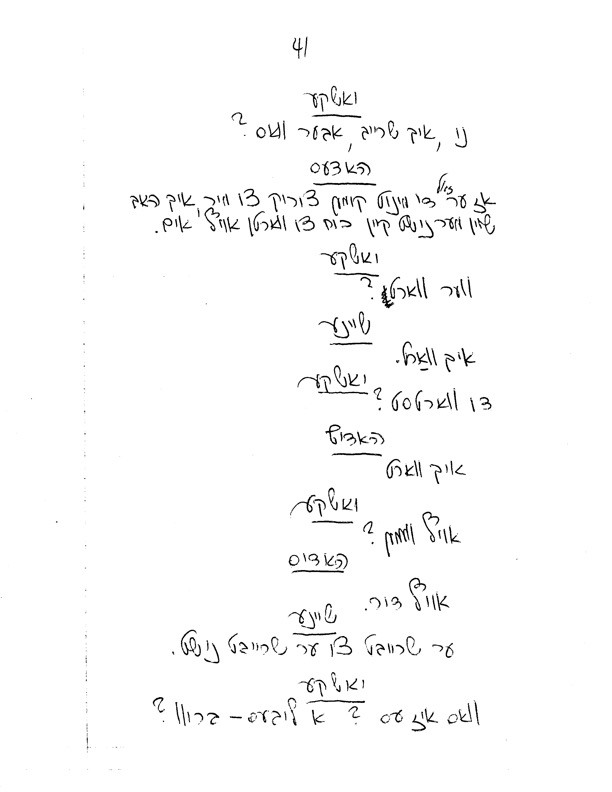
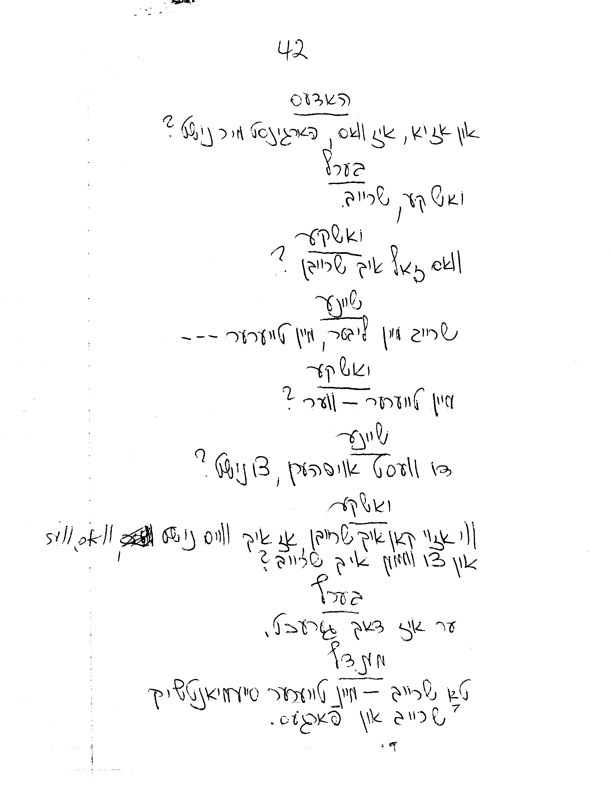
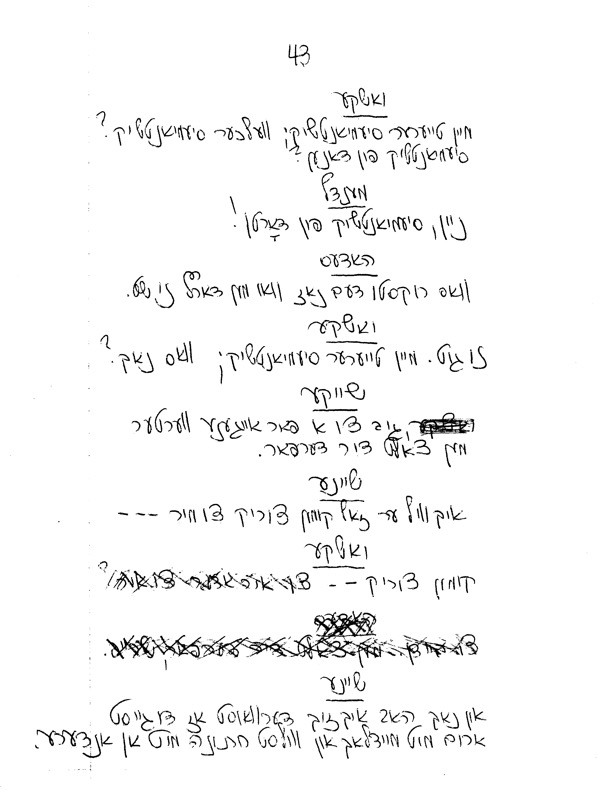
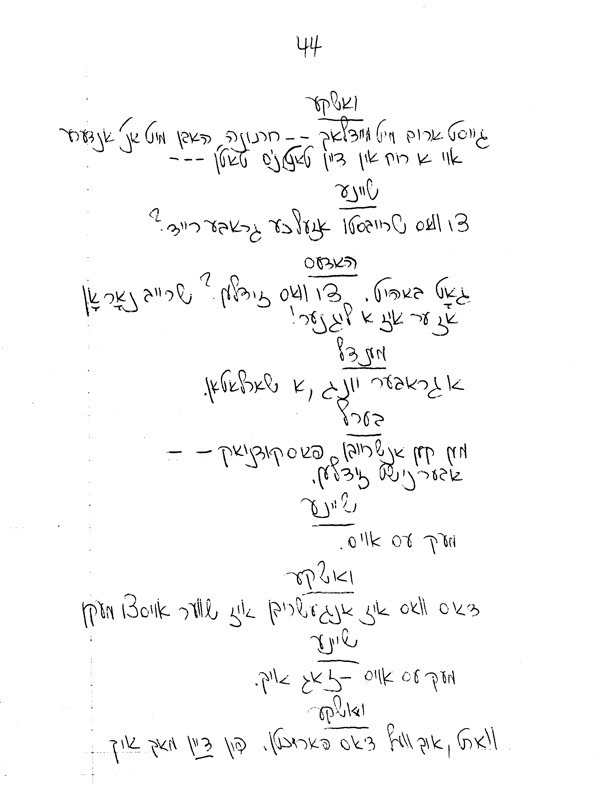
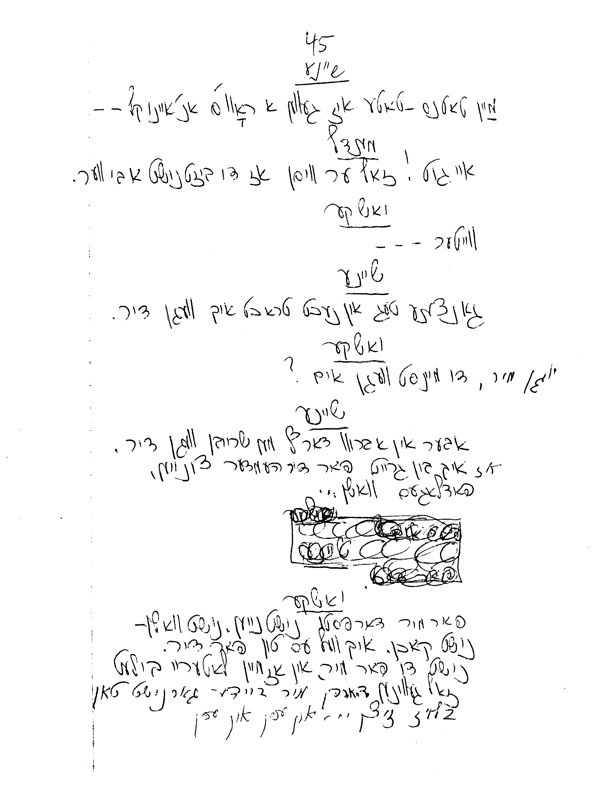
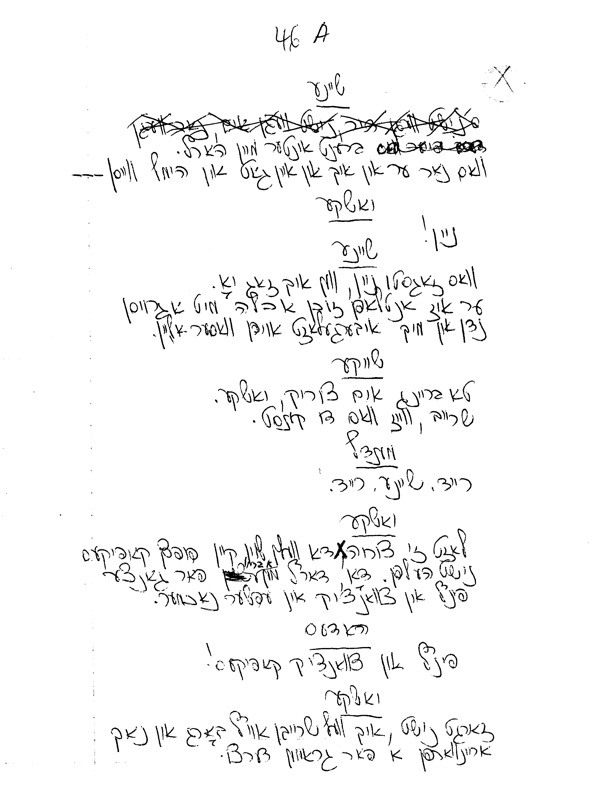
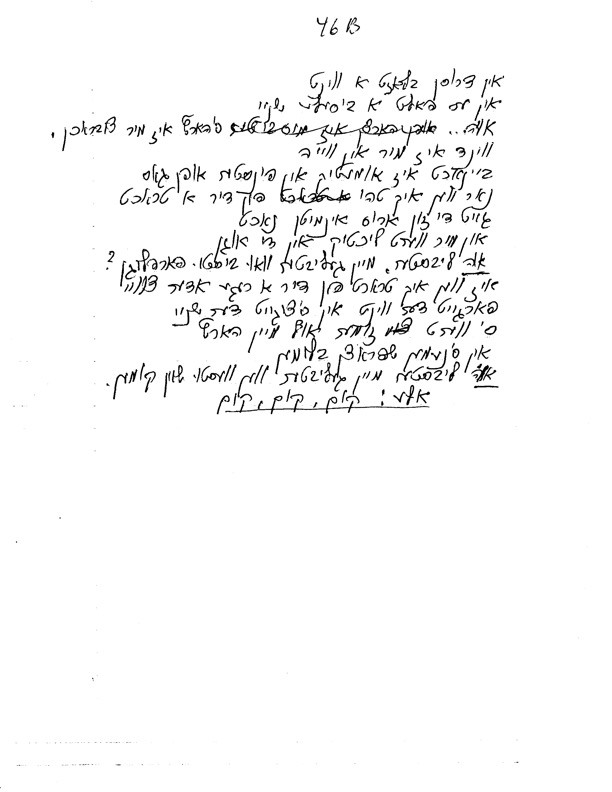
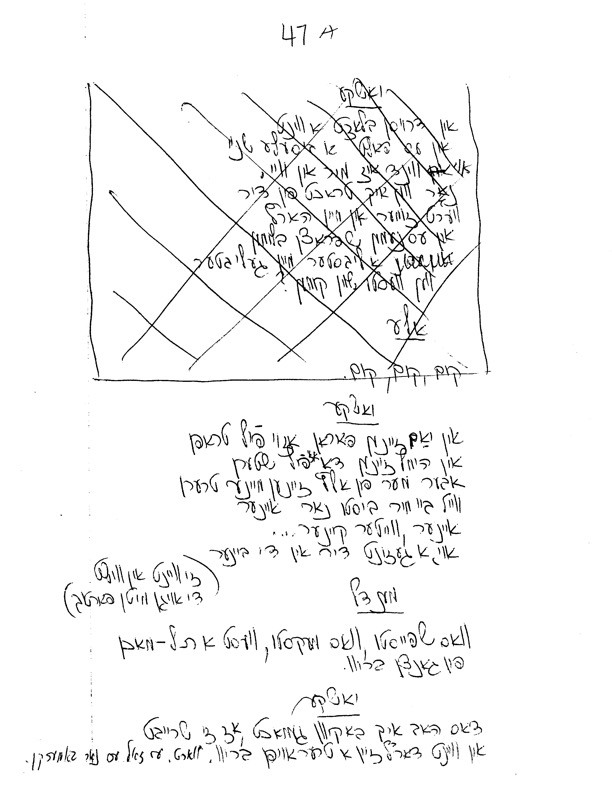
JB: This collection contains your translations of three full-length plays and scenes from nine others. You did something similar in your earlier collection, God, Man, and Devil, which gave us translations of five full-length plays and scenes from two others. Tell us about your process of selecting plays and scenes for the new anthology. What ingredients were you looking for in the plays you included, and how did you decide which ones to translate in full and which in part?
NS: Every once in a while, people—professional companies or amateur groups—ask me to suggest translated plays to perform, or professors ask for plays to assign. Sometimes I’ve been asked specifically for scenes, which comprise a shorter program and are easier for amateur groups.
For the full-length plays, I wanted good shows. They had to be plays I was willing to spend hours of my life working on. Each one had to be different from the others. Also, although music is interwoven through all three—which is typical for Yiddish theatre—none of the three has a specific score that must be used. Mirele Efros is a special case: so famous, yet never translated into English. Yankl the Blacksmith is unusual in its explicit treatment of sex; I am also struck by the psychological parrying between husband and wife, though the relationships are in some ways difficult to present nowadays. Yoshke the Musician I simply simply fell in love with when I first saw it half a century ago. (Even my husband had tears in his eyes at that performance, and he doesn’t know Yiddish.)
Amateur groups asked for scenes. The scenes were harder to choose. They had to be able to stand alone, with no explanation needed, not too big a cast, and not too difficult for amateurs, and they ought to go together to create a single, rounded program.
For the volume as a whole, I wanted some portrayal of religion and at least a nod to politics, immigration, assimilation—the subjects that people assume they’re going to get in an anthology of Yiddish literature.
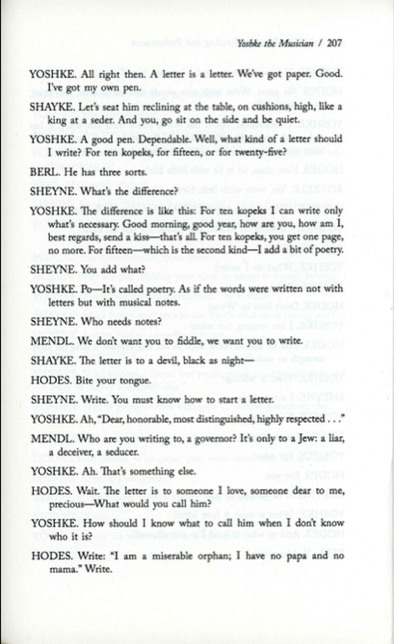
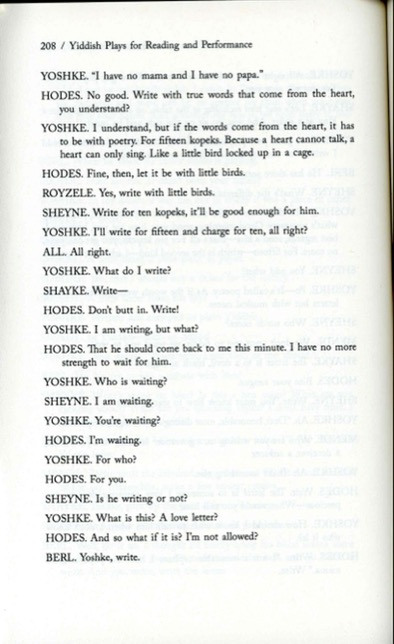
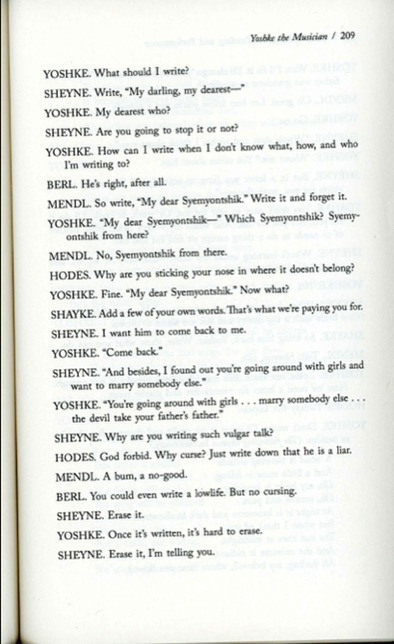
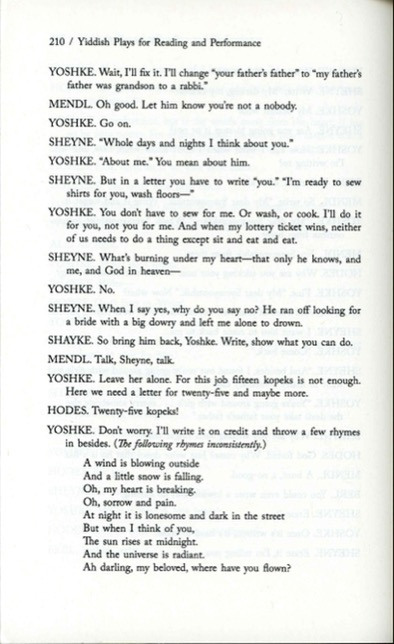
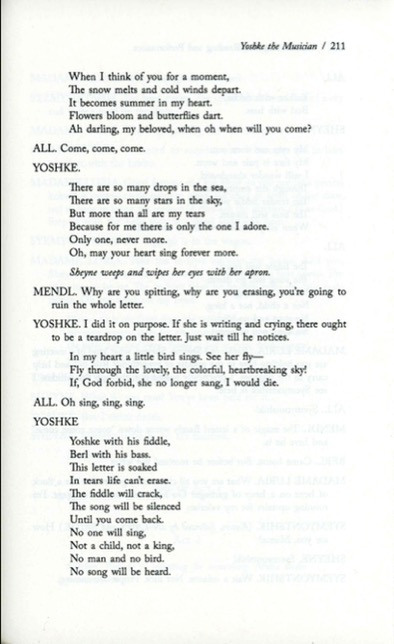
JB: Each of the full-length plays in the new anthology is followed by your own set of glosses as well as reflections from a leading contemporary director of Yiddish theatre: Allen Lewis Rickman on Mirele Efros, Moshe Yassur on Yankl the Blacksmith, and Eleanor Reissa on Yoshke the Musician. You write in the introduction that these directors “talk about Yiddish theater as theater, not as a museum and not as a bar mitsve celebration featuring chopped liver and gefilte fish.” Elaborate on what that remark means, and why you felt that their commentary “belongs in a collection of Yiddish plays.”
NS: Not nostalgic, not condescending. Not sociology or anthropology. Also not history: every study of Yiddish theatre as history is extremely valuable—yours is a major a contribution, Joel—but this is something else—it’s an attempt to get the plays on a stage.
JB: You note that you don’t always share these directors’ opinions about these plays. Can you give an example of an interpretation you disagree with, and why?
A: You understand that I have great respect for all three directors. Otherwise I would not have invited them to write about these plays. We just disagree about some things.
For example, Moshe considers Rivke’s plight to be the heart of Yankl der Shmid. Of course Rivke is to be pitied; it’s impossible not to sympathize with her and loathe her husband, and in 2021 it’s impossible to feel comfortable about what Pinsky obviously considered a satisfying ending for her. However, Pinsky’s play is about Yankl. I think that to make it about Rivke, diminishing Tamara’s own battle, is to distort the playwright’s intentions.
Allen scorns Gordin’s asides and soliloquies. He’s right that they are old-fashioned, and he’s right that they require an audience to believe the onstage story in a more complex way than we are used to doing nowadays. But I think that they can work, if they’re done straight, without irony, especially if they’re not used too often in any one play. Theater J in Washington DC performed this translation, soliloquies and all, and the audience seemed to accept them entirely. After all, soliloquies work for Richard III.
JB: Your introduction also quotes another contemporary director, Motl Didner, as you explain some of the special challenges of translating (as well as producing, performing, and experiencing) Yiddish drama in the twenty-first-century, given the trajectory of Yiddish language and culture over the past century or so. Tell us why the task of a translator of Yiddish drama into English is not the same now as it would have been, say, fifty years ago or more?
NS: Translations date inexorably because the “new” language (in this case the English, not the Yiddish) dates. That’s a given. Aside from that, I don’t know the answer. A translator would always have to find some way to convey the references to the world in which the play is set.
JB: Were any plays left on the cutting-room floor, as it were? That is, were there any notable changes in the contents between your initial conception of the book and how it ended up?
NS: Originally I planned to include samples of melodrama, expressionism, domestic drama, broad comedy—every single genre of professional Yiddish theater. That was my conception of a solid anthology, with the added benefit of astonishing people, knocking their socks off because they probably assumed that melodrama was all there was. But in the end some genres got left out.
The omission that I regret the most is a scene of Jews talking about their difficult experience as Jews in a non-Jewish world, at some moment of Jewish history. I had in mind Asch’s Meshiekhs tsaytn [The Messianic Era] or Pinski’s Di familye Tsvi [The Tsvi Family], or possibly Gordin’s Elisha ben Abuya, and there were a few others. But I couldn’t seem to make any individual scene of that specific type playable; the characters just talked and talked. I finally judged that unless a person watched (or read) the entire play and developed an emotional commitment to the characters and situation, the scene was just boring. So I gave up, but now I wish I had kept at it.
Also I thought about including a scene by Goldfaden. Bar Kokhba was the leading contender, but the scenes I liked were so short, required so much reshaping to stand alone, and furthermore were so interwoven with the specific musical score, that nothing satisfied me.
JB: Can you give an example of a word, phrase, line, or passage you found particularly challenging to translate, and describe the solution you ultimately came up with to resolve it?
A: I had trouble with catchphrases in two plays. Repeating a characteristic phrase was common in Yiddish comedy, as it is nowadays in television sitcoms; it is shorthand for the character himself. I am not satisfied with my solution to the catchphrases in The 200,000 and Mirele Efros.
In The 200,000, Shimele Soroker’s catchphrases “shears and iron” and “amkho” express the essence of the man, and moreover the essence of the point of the play. Shears and iron are weighty physical images, which is good, but they are not so strong in English as in Yiddish—and at first hearing they may not even call to mind a tailor. So instead of a literal translation, I substituted “cut and stitch,” which evoke physical action and no profession but tailoring. Amkho literally is the Hebrew word for “your people,” but that isn’t good enough. What Shimele is really saying is “God’s own plain people,” as opposed to phony affected rich people, and I settled for that phrase, but it is too many syllables and feels unwieldy to me.
In Mirele Efros, Nokhemtse has studied Talmud but is not so great a scholar as he would like to think (and would like others to think). The verbal tic that Gordin gave him, “Vos iz di nafke-mine?”, means, literally, “What’s the difference?” To Yiddish speakers this is a familiar Aramaic formula used in Talmudic disputation for logically analyzing some philosophical or ethical proposition. In English, the phrase has no such associations. After many tries, most of which were unclear and too long, and after consulting with Adam Immerwahr who directed this translation at Theater J, I settled on “as it is written,” and that does work in most places. But in some places, especially when other characters are mimicking Nokhemtse, it did not work at all, and I simply omitted it. In any case, Gordin’s actors must have added or subtracted a few repetitions, as a director is free to do today.
Hebrew and Aramaic, quoted by a character, are not in themselves a problem; they’re as translatable as any other languages. The problem in performance is that for traditional Jews it’s common when quoting religious texts to translate or gloss bits in the vernacular as they go along. But if everything is in English, the character ends up simply saying the same thing twice. Since the character is in fact quoting a foreign language, and since that sound serves to evoke strong associations for those who know the culture as well as exotic sacred mysteries for outsiders, I decided to keep the double quotations: first the phonetic and then the vernacular explanation.
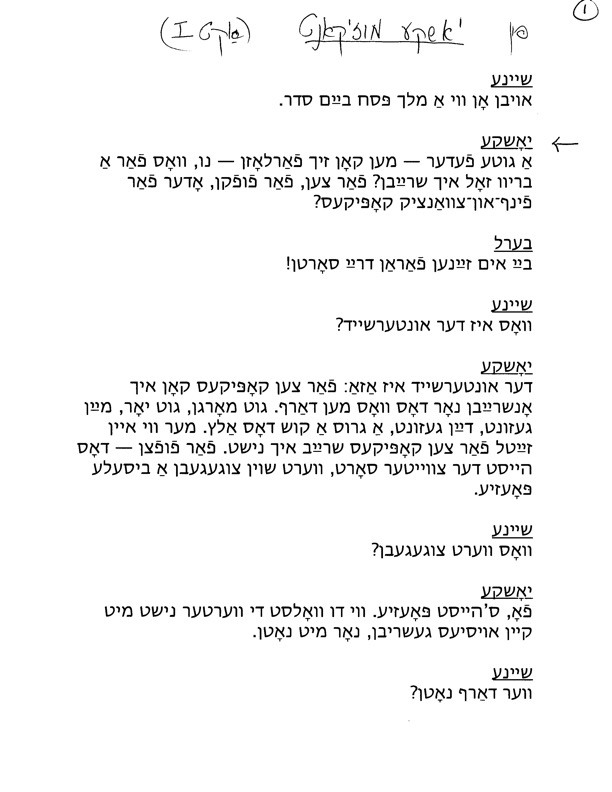
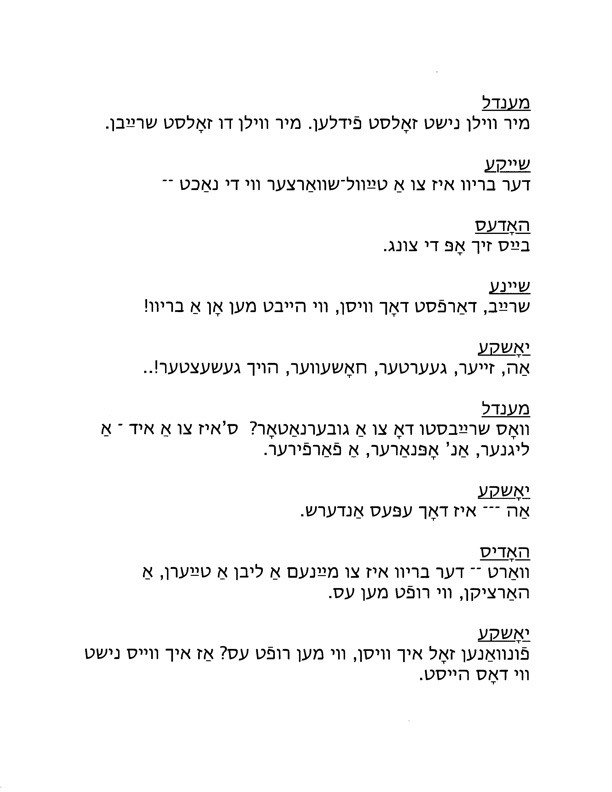
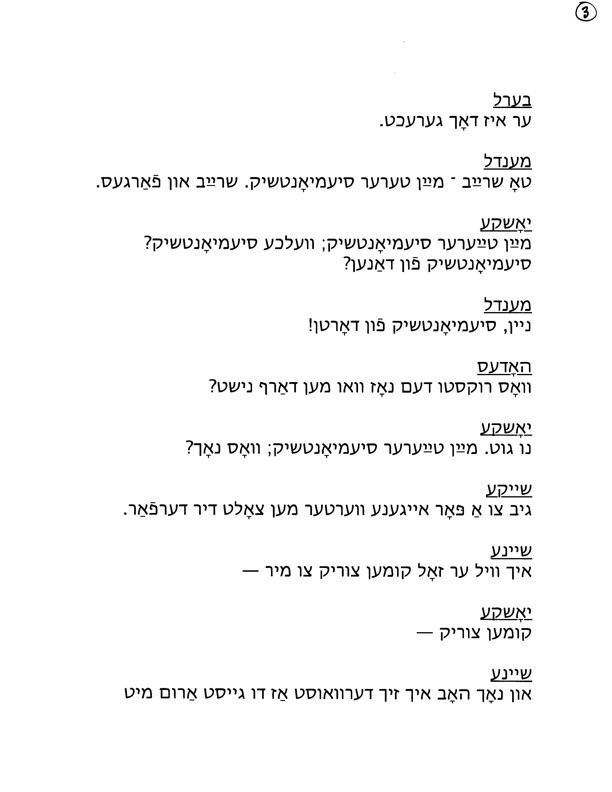
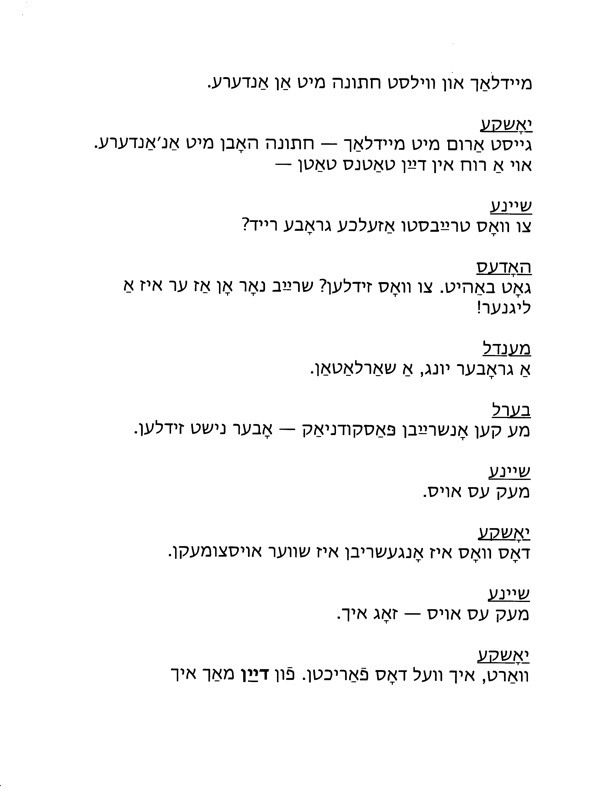
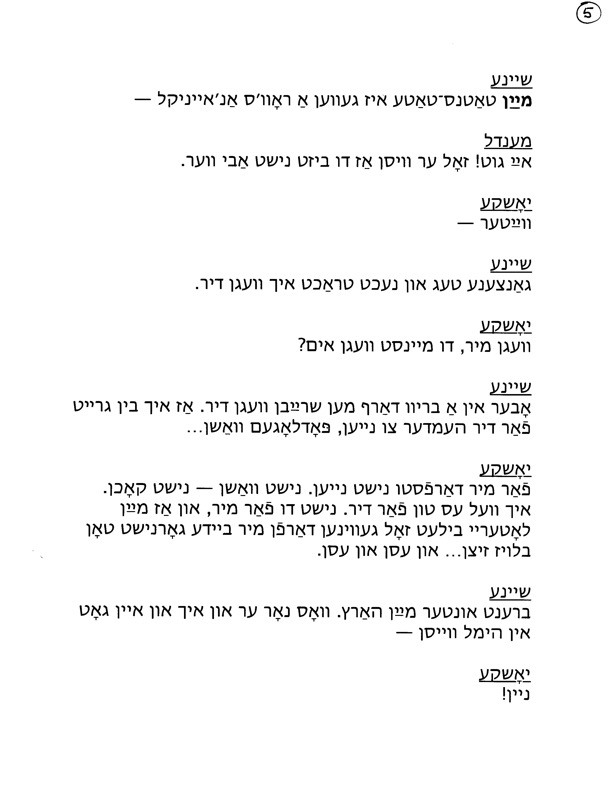
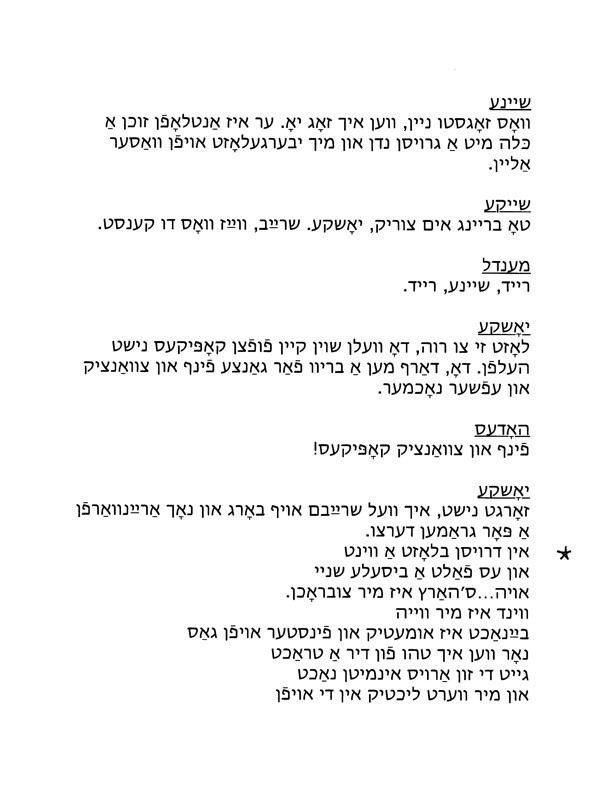
JB: You pay at least as much attention to how a translation sounds in the mouths of actors as to how it looks on the page. Can you tell us about a time when hearing lines from a translation read aloud either confirmed a translation choice you had made, or led you to go in a different direction?
A: It was when I myself did the reading of Mirele’s fiery second-act curtain monologue, when she reveals the truth to her children. I did it, in English, at two academic conferences, once at a conference of Yiddish studies and once talking about melodrama at a conference of theatre historians. I am not an actor. But I trusted the text, and the text propelled me. I myself felt the stage moment rising in excitement, and people were riveted, I think they really were. That confirmed for me that the play was still worth translating, and that the translation worked.
JB: I know that you are always juggling multiple projects. What are you willing to share about other work that’s sitting on your desk at the moment?
NS: We’re already planning a theatrical evening devoted to this volume at YIVO when it opens in person in February. I translated Goldfaden’s Shulamis, rhymed couplets and all, for a production at Harvard directed by Debra Caplan some years ago, and now I’m polishing that and hope to publish it. For the early-music ensemble ARTEK, I wrote a one-woman music theatre piece about the sixteenth century Italian painter Artemisia Gentileschi. In the year before COVID, it opened at The Flea downtown and then played in art galleries and college campuses; COVID forced its cancellation in Berkeley and elsewhere, but now we are scheduling performances in several American cities.
